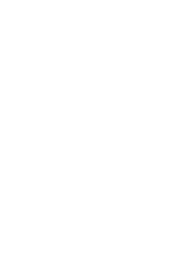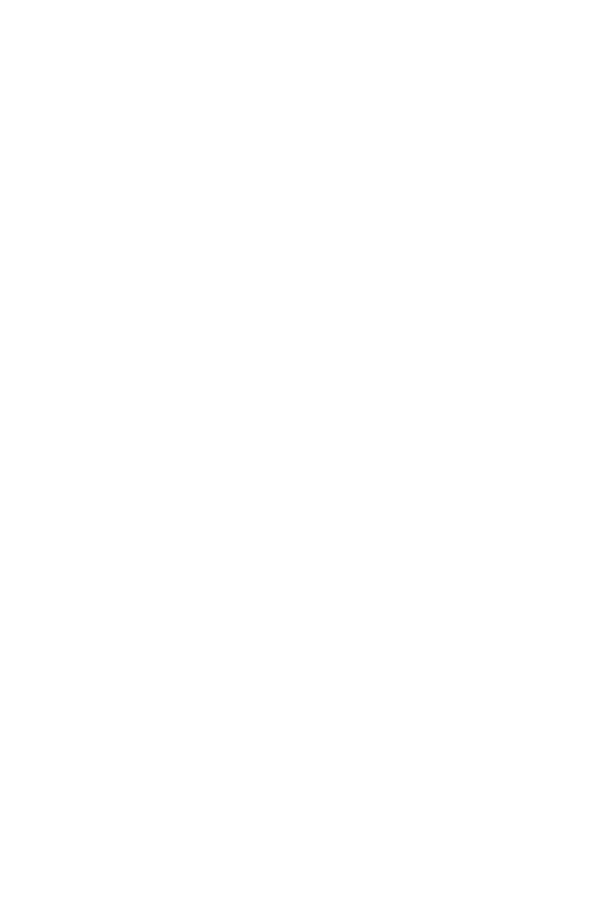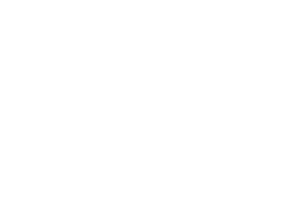 |
 |
 |

|
Title: 'Aiglon' (curtain fabric))
Designers: Ravage (Arnold van Geuns/ Clemens
Rameckers)
Producer: Boussac (Paris)
Year: 1989
Material: cotton
Technique: printed, woven
Collection TextielMuseum
Inv. Nr.: 06482
Photo: Josefina Eikenaar/TM
|
|
 |
FIGURATIVISM; FROM COBRA TO STUDIO JOB
28/3/2015-6/3/2016
‘Figurativism; from Cobra to Studio Job’ presents fabrics and other pieces by important (textile) designers and artists from 1950 to now. Featured designs are by Corneille, Frits Wichard, M.C. Escher, Jeroen Vinken, Kiki van Eijk, JongeriusLab, Jaime Hayon and Studio Job, among others. The focus is on the end result as well as on various working methods including drawing, screen-printing and digital sketching. Animal and floral patterns are a predominant theme, with specific colour, size and motif choices illustrating the individual style of the designer. Many pieces portray a large helping of humour and ‘joie de vivre’, while others exude a certain tranquillity or darker undertone.
|

|
Posted 4 April 2015
|
Share this:
|
|
Twentieth-century Western painting reveals alternate periods of abstraction and figurativism. A similar development is apparent in textile design. When translated to textiles however, classic painting genres such as portraits, landscapes and the still life receive a lighter treatment. The depiction of motifs such as the human figure, flora and fauna not only characterise the designer, they also reflect the style of a particular era.
|
|
|
|
|
|
|

Title: 'Birds', Collection 'FAUNA by HAYON'
Designer: Jaime Hayon
Year: 2013
Material: merinowool, cotton, lurex, viscose, mohair
Technique: jacquardwoven
Production: TextielMuseum
Collection TextielMuseum
Inv. Nr.: BK1073
Photo: Tommy de Lange i.o.v. TM
|
|
|
|
|

|

|

|
As ‘Dutch Design’ gains international acclaim from the late 1990s, designers experiment with the new design possibilities enabled by computers. However, hand-drawn sketches are not abandoned. Kiki van Eijk’s designs, such as her ‘Domestic Jewels’ chaise longue (2007-2008) display a poetic touch, and collages provide a basis for her figurative work.
The supple hand of Spanish designer Jaime Hayon, inspired by street culture, comics and the wondrous world of the circus, retains a strong presence in his woven wall hangings and objects. An incredible festive spirit bursts forth from his surreal ‘Birds’ (2013) wall hanging – part of the ‘FAUNA by Hayon’ series. In addition to the wall hanging, his two ‘Que pasa guey?’ (2011) masks inspired by Mexican wrestling costumes are made in the TextielLab.
|
|

Title: ‘Domestic Jewels’ (Chaise Longue)
Designer: Kiki van Eijk
Year: 2008
Material: lurex, viscose, cotton, acryl, nickel-plated
steel
Technique: jacquardwoven
Production: TextielMuseum
Collection TextielMuseum
Inv. Nr.: 14760
Photo: Frank Tielemans, Lisa Klappe
|
|
|
|
|
|
|
|
|
|


